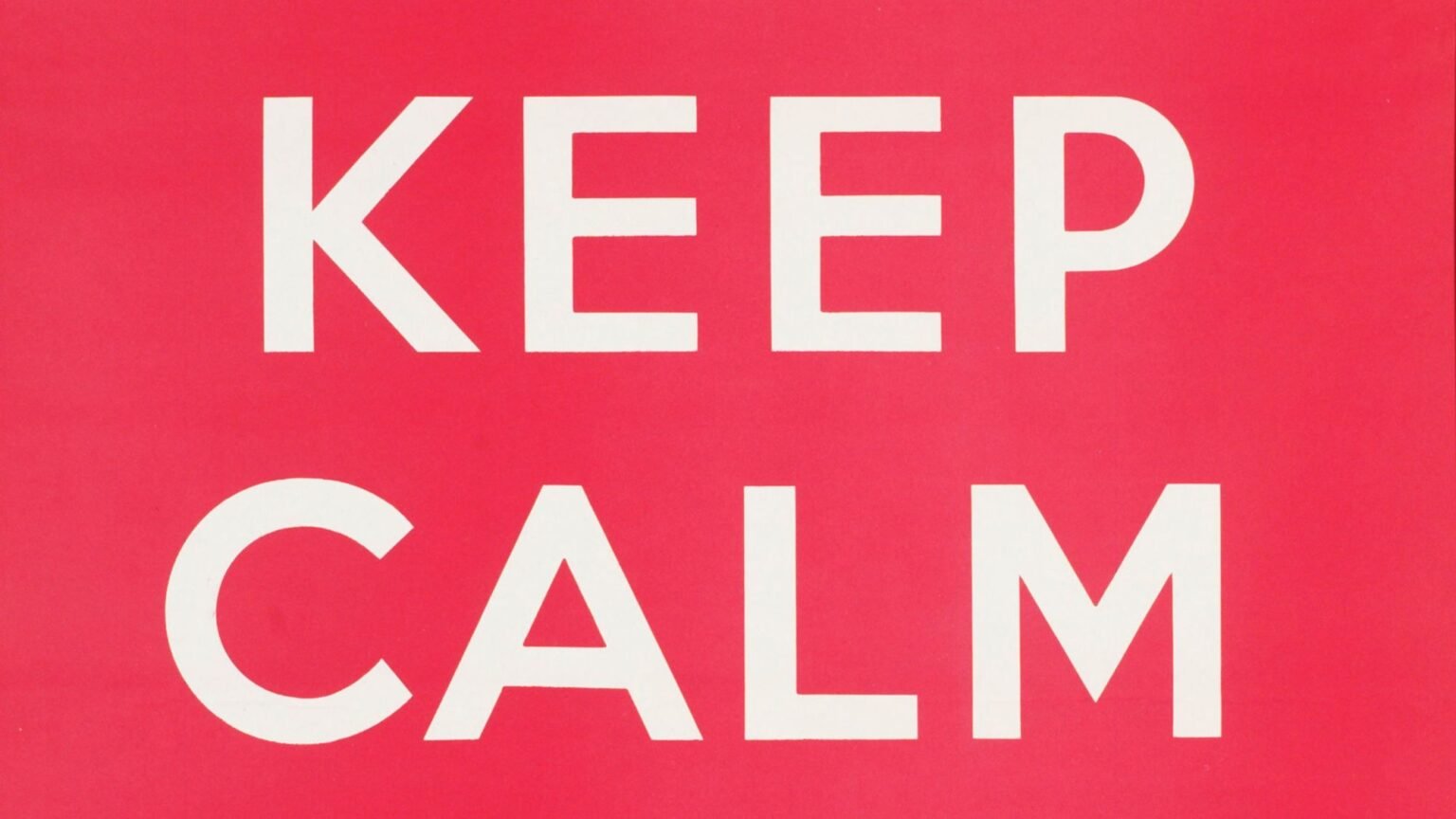How “Keep Calm and Carry On” Was Revived for the 21st Century
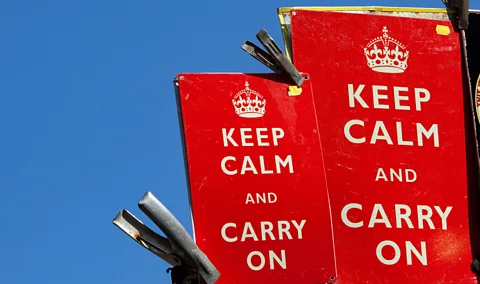
In 2000, staff at a second-hand bookstore unexpectedly found a vintage British poster bearing the message “Keep Calm and Carry On.” The British government had originally printed it during the early days of World War Two to boost public morale amid widespread bombing fears. Although they produced millions of copies, officials rarely displayed the poster, and most copies didn’t survive. It wasn’t until decades later that this simple design and stoic slogan would captivate a new audience—one living in a completely different world.
The Origins of ‘Keep Calm and Carry On’ in Wartime Britain
Commissioned by the British Ministry of Information in 1939, Keep Calm and Carry On was part of a trio of motivational posters. Designed to prevent panic and preserve order, the posters echoed the resilient spirit the government hoped to inspire. While the others were distributed and met with lukewarm response, Keep Calm was shelved, viewed as unnecessary or even patronising at the time.
How ‘Keep Calm and Carry On’ Became a Global Meme
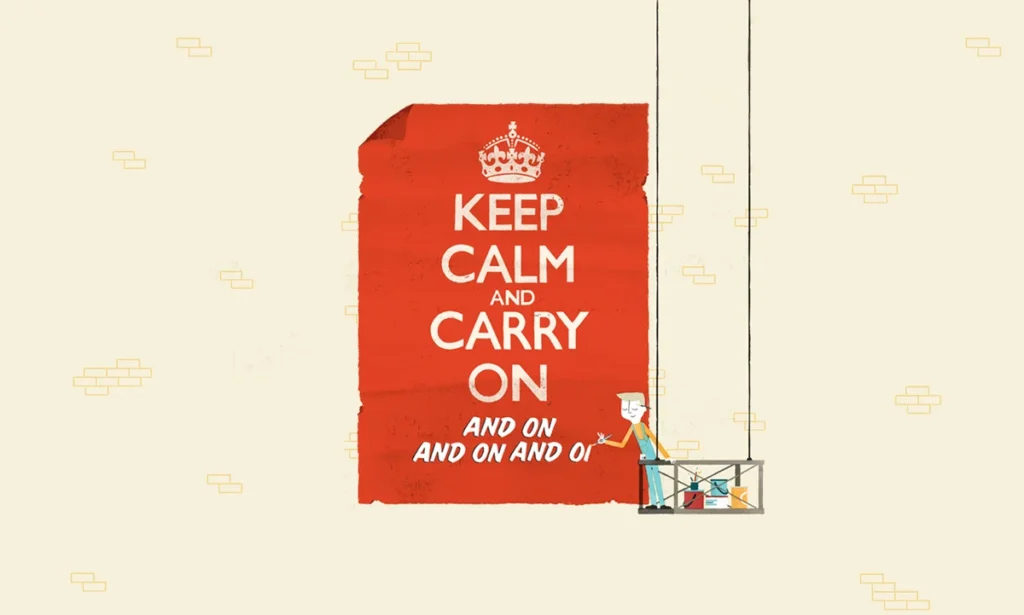
The resurgence of the poster in the early 2000s came during a time of rising global anxiety. Its message of calm perseverance seemed timely amid political upheavals, financial crashes, and later, global pandemics. What began as a curiosity in a bookshop quickly went viral online. From T-shirts to mugs, wall art to memes, the poster transformed into a universal shorthand for resilience—both sincere and satirical.
Meme Culture and Endless Parodies
The simplicity of the Keep Calm and Carry On design made it ripe for parody. It evolved into a meme template, spawning endless adaptations like Keep Calm and Drink Tea, Keep Calm and Dance On, and even Now Panic and Freak Out. This playful subversion allowed people to express modern concerns and humour through a historic lens, transforming the message into a tool for both protest and parody.
Design Simplicity, Cultural Power
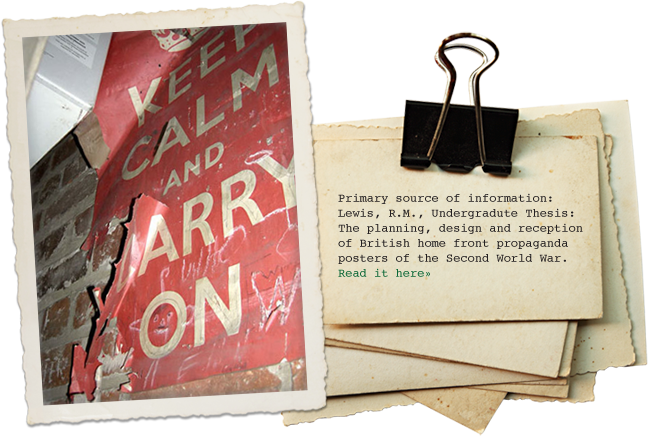
One of the poster’s most powerful features is its minimalism—white text, bold sans serif font, and a commanding red background. The crown icon above the text adds a subtle touch of authority. This visual clarity, combined with emotional resonance, makes it perfect for sharing and repurposing in the fast-paced digital age.
Embraced and Criticised in Equal Measure
While millions have embraced the slogan as comforting or nostalgic, others see it as overused or tone-deaf. Critics argue that its stiff-upper-lip ethos masks real problems or discourages emotional expression. Some interpret it as a symbol of elitism or outdated wartime romanticism, especially when deployed during modern crises where calmness may not feel like an adequate response.
More Than Just a British Symbol
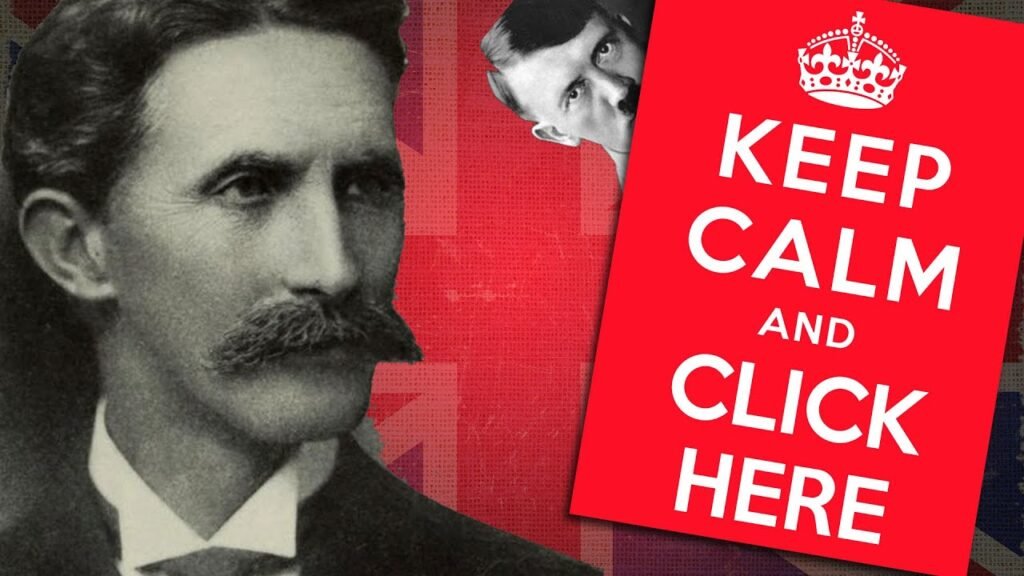
Although the phrase originated in Britain, its global adoption speaks to something more universal. It resonates as a mantra for perseverance, a nod to collective resilience, and even a sarcastic commentary on the absurdities of modern life. From classrooms in Europe to offices in Asia, its appeal has transcended cultural borders.
Legacy of a Message That Endures
Despite the criticism, Keep Calm and Carry On remains deeply embedded in popular consciousness. It represents a collective longing for control, simplicity, and steadiness in an unpredictable world. Its journey from forgotten wartime relic to global meme reveals the enduring power of words—and how even the simplest message can be endlessly reinterpreted across generations.
